Introduction:
Architectural woven mesh offers a unique opportunity to integrate sustainability and aesthetics in urban design. Its versatile and eco-friendly properties make it an ideal material for creating sustainable urban environments that prioritize energy efficiency, natural ventilation, and visual appeal. In this article, we will explore the role of architectural woven mesh in sustainable urban design and the benefits it brings to the built environment.
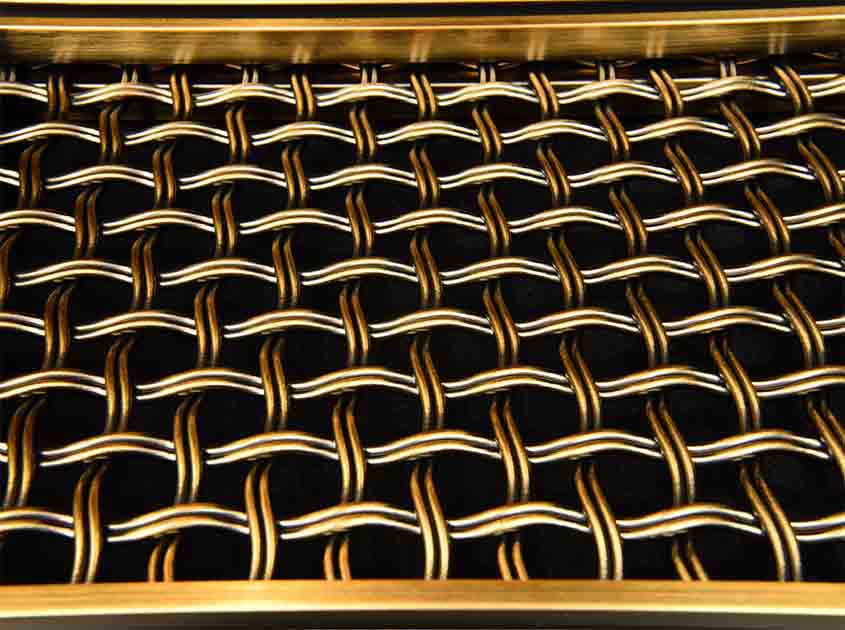
Promoting Energy Efficiency:
Architectural woven mesh can significantly contribute to energy efficiency in urban design. By strategically incorporating the mesh in building facades, it acts as a shading device that reduces solar heat gain, thereby minimizing the need for excessive air conditioning. This passive cooling effect decreases energy consumption, lowers carbon emissions, and creates more comfortable indoor environments. Additionally, the mesh's transparency allows for natural daylighting, reducing the reliance on artificial lighting and further conserving energy.
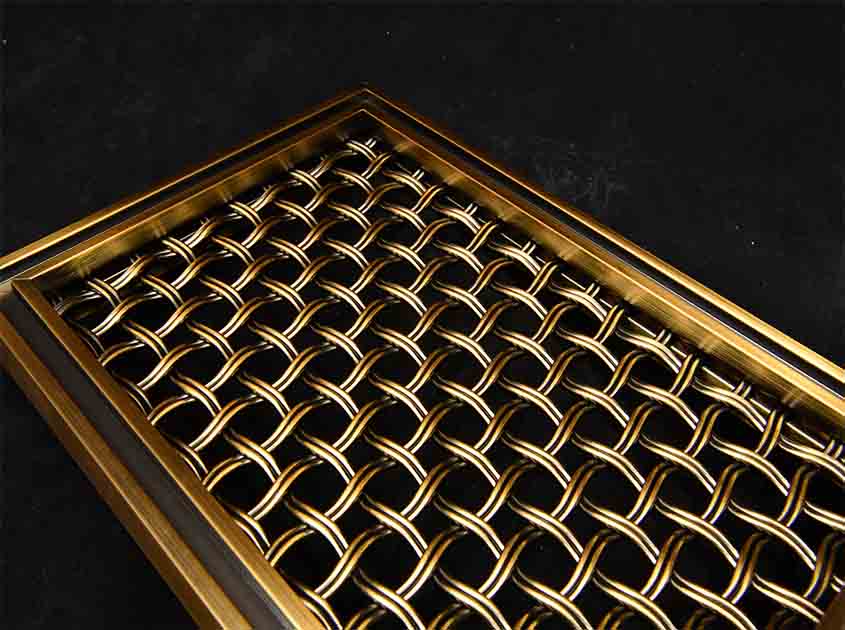
Facilitating Natural Ventilation:
In dense urban environments, natural ventilation can be challenging to achieve. However, architectural woven mesh can play a pivotal role in facilitating airflow and promoting natural ventilation. When integrated into building facades or as part of shading structures, the mesh allows air to pass through, enhancing cross ventilation and reducing the need for mechanical cooling systems. This not only improves indoor air quality but also reduces energy demands and enhances occupant comfort.
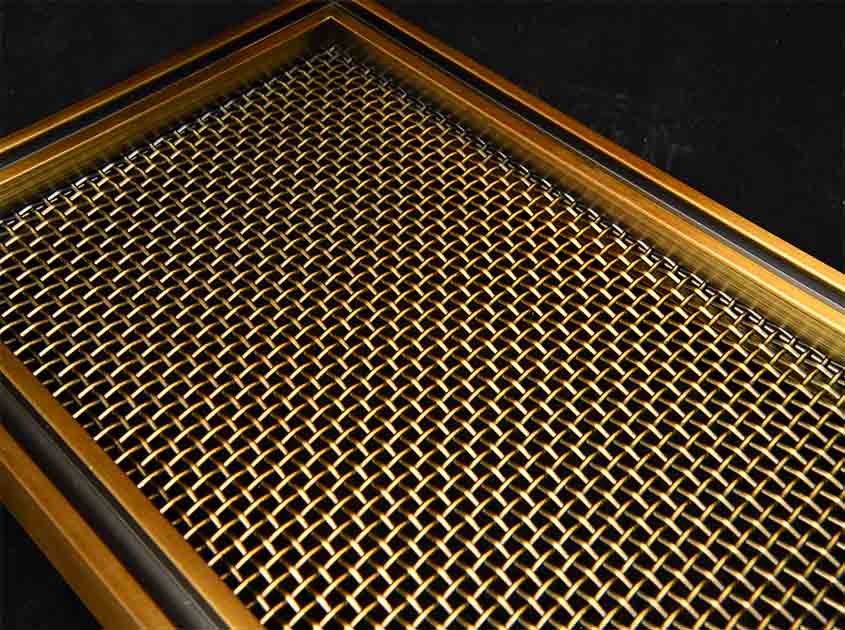
Enhancing Urban Biopersity:
Sustainable urban design aims to restore and enhance biopersity within urban areas. Architectural woven mesh can support this objective by providing opportunities for vertical gardens and green facades. By incorporating the mesh as a substrate for climbing plants, it creates a habitat for vegetation, encourages wildlife persity, and improves air quality by absorbing carbon dioxide and releasing oxygen. These green installations contribute to a healthier urban ecosystem while adding aesthetic value to the surroundings.
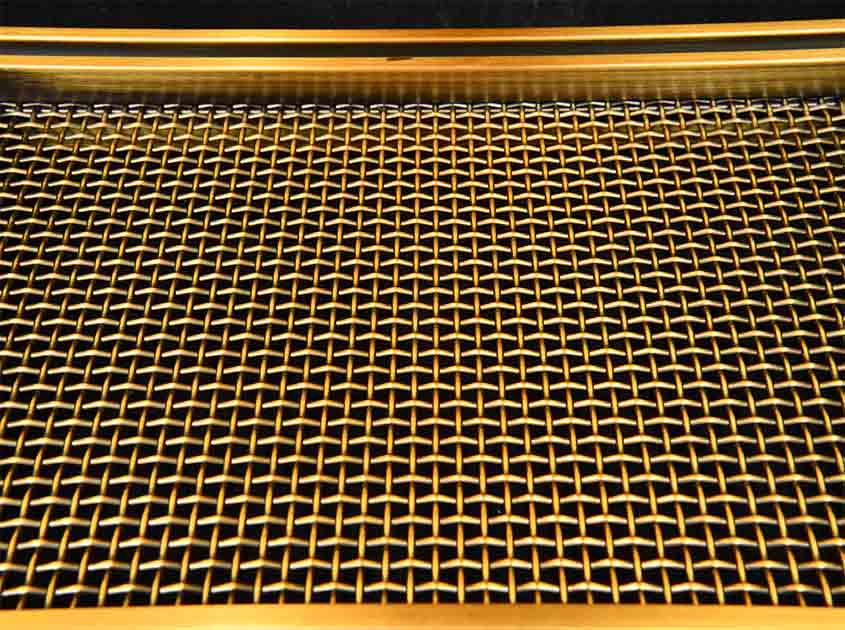
Creating Sustainable Outdoor Spaces:
Architectural woven mesh can transform outdoor spaces into sustainable and inviting areas. When used in pergolas, canopies, or shading structures, the mesh provides protection from direct sunlight while still allowing for natural light penetration. This creates pleasant and comfortable outdoor spaces that can be utilized for recreational activities, social gatherings, or relaxation. Furthermore, the mesh's lightweight and flexible nature allow for easy installation and adaptability in various urban contexts.
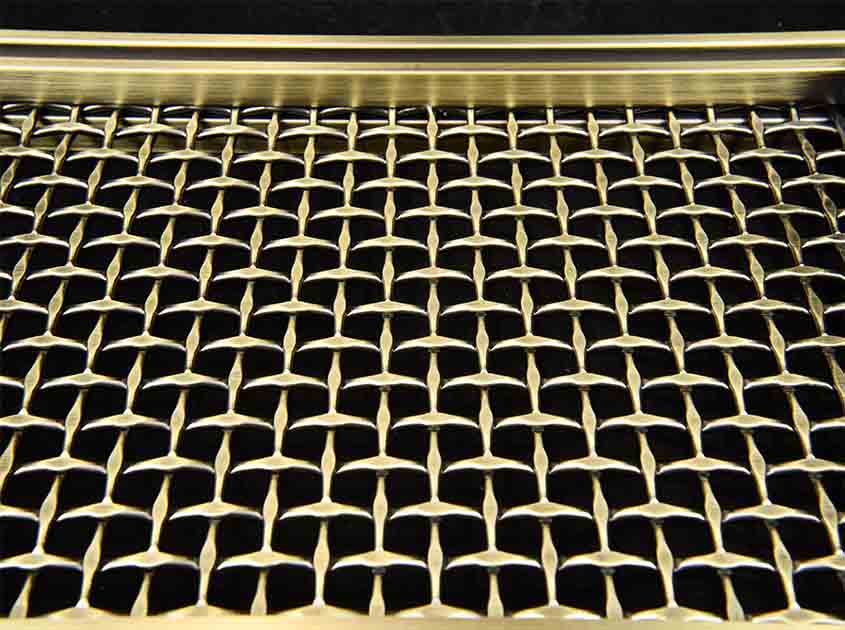
Mitigating Urban Heat Island Effect:
Urban heat island effect, characterized by elevated temperatures in urban areas compared to surrounding rural regions, can be mitigated with the use of architectural woven mesh. By incorporating the mesh in building envelopes or as urban shade structures, it helps to reduce heat absorption and radiation, thus lowering surface temperatures. This mitigates the impact of heat islands, improves microclimate conditions, and contributes to overall urban comfort.
pre:Harnessing the Architectural Potential of Woven Mesh in Stru
next:Architectural Woven Mesh as an Eco-friendly Building Materia
© 2025 Joinwin Architectural Wire. All Rights Reserved. | Sitemap
Recommended Read
Unique architectural metal decorative mesh adds charm to your project
Metal woven mesh is widely popular due to its unique design, high strength, durability and functionality.